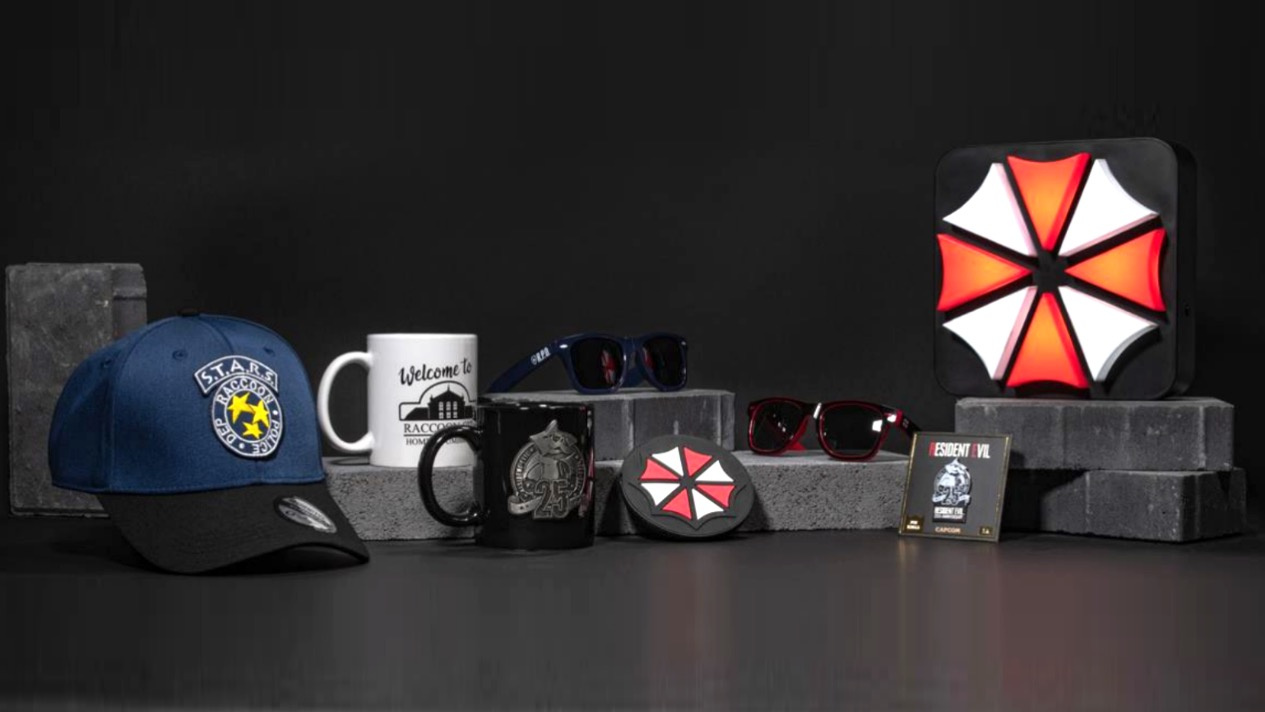When building a survival bag for a post-apocalyptic world, your pack needs to have everything you might need to survive weeks or months on your own. Your backpack could end up being your most important asset when civilization collapses, so packing carefully and strategically is key. In this blog post, we’ll explore what essential items you should include in your bug out bag to be ready for the end of the world as we know it.
Water and Food
In a disaster scenario, clean water and non-perishable food will be some of your most precious commodities. Having your own supply in your pack provides you sustenance until you can find or produce more. For water, pack plastic bottles, collapsible bladders, water purification tablets or drops, and a portable water filter or purifier. Aim for at least 1-2 gallons per person if you can.
For food, choose calorie-dense, long-lasting options like protein bars, dried fruit and vegetables, nuts, beef jerky, powdered eggs and milk, trail mix, granola, peanut butter, oats, etc. Avoid foods that require cooking since you may not have that ability on the go. Pack foods you enjoy eating and avoid unfamiliar items that may upset your stomach under stress.
Shelter and Bedding
When civilization disappears, you may end up sleeping outside much more. So having portable shelter and bedding in your pack is critical. A sturdy tent or tarp can protect from the elements. Make sure it’s large enough for yourself plus your companions. A sleeping bag suited for colder weather and an insulating sleeping pad will help you get better rest. If space allows, pack an emergency bivy sack as well.

Beyond the sleeping essentials, having paracord, tent stakes, duct tape, super glue, and sewing materials allows you to create more permanent shelters and do repairs. A multi-tool, hatchet, or saw helps construct basic structures from wood. Fire starting items like matches, lighters, flint, and kindling are also useful for keeping warm.
First Aid Supplies
Medical emergencies are likely in a disaster scenario. Pack a substantial first aid kit that includes bandages, gauze, tourniquets, splints, OTC meds for pain and illness, prescription meds you rely on, antibacterial ointment, gloves, trauma shears, steri strips, and more. Include any personal prescriptions in a 90-day supply if possible. Know how to render first aid before an emergency occurs.
Consider packing protective gear too. An N95 respirator mask, safety goggles, biohazard suit, and nitrile gloves help prevent the spread of germs if the situation calls for it. Basic hygiene supplies like soap, feminine products, toothbrush and toothpaste will also maintain health.
Tools and Weaponry
You’ll need useful tools to construct shelters, start fires, harvest materials, and perform repairs on the go. Pack a multitool, knife, hatchet, pocket saw, duct tape, super glue, zip ties, scissors, sewing kit, tarp clips, paracord, utility rope or wire, and a pry bar. A shovel helps dig latrines or shelter spaces.
For defense and hunting, a firearm is recommended if you legally own and safely handle guns. Alternative options could include knives, pepper spray, a baton, bow and arrows, snares, or slingshots. Only bring weapons you’re properly trained to use.
Light Sources
When electricity is no longer available, you’ll need portable light sources. Pack LED flashlights, headlamps, and lanterns with extra batteries. Glow sticks and chem lights are handy spares. Reflective gear like vests, bands, or trail markers provides visibility at night. If possible, have solar-powered or crank lights and chargers. Matches, lighters, candles, magnesium flares, and fire-starting supplies also generate light.
Navigation and Communication
Maps, compass, GPS devices, two-way radios, signal mirrors, whistles, and notebooks help you navigate and communicate when stranded. Make sure to bring topographical maps for the areas you’ll traverse. Know essential navigation skills before an emergency too. For communication, a weather radio and AM/FM radio keep you informed.
Clothing and Footwear
Pack practical clothing suitable for rugged outdoor use. Choose versatile layers that provide warmth and protection from the elements while avoiding cotton. Essentials include hiking pants and shirts, wool socks, underwear, outerwear, gloves, hat, sunglasses, and sturdy hiking boots or tactical shoes. A poncho, rain jacket, and gaiters guard against heavy rain. Face coverings like shemaghs offer face protection from dust and airborne particles if necessary.
Personal Items and Documentation
Include any must-have personal items like medications, prescription glasses, sanitary supplies, contact solution, etc. Waterproof your ID cards, cash, passports, birth certificates, and any crucial documentation. Pack family photos for morale. A paper map of your home region helps navigate places you know.
Bug Out Bag Organization
– Use compartments and pouches to organize gear
– Most important items should be most accessible
– Balance weight between compartments
– Waterproof important items
– Attach or label individual supplies to avoid “dump bag”
– Take inventory and change kit over time
By packing the essentials listed above and thinking strategically, you’ll be ready to grab your survival backpack and bug out in any apocalyptic scenario. Just keep your pack weight reasonable for your physical ability if you need to carry it long distances on foot. Re-supply and change up the contents as you go. With preparation and training, your bug out bag provides safety, sustenance and purpose when society crumbles.
Preparing for a major disaster requires thought and commitment. But with smart planning, robust supplies, and the right training, your bug out bag provides hope of riding out even doomsday. What would you want in your backpack when civilization collapses? Share your thoughts in the comments.
Other Things You Might Want to Know:
How often should you check and update your backpack supplies?
You should take inventory and update your backpack at least twice per year. Check expiration dates, swap in new food/water as needed, and refresh first aid supplies. Upgrade any damaged gear. Practice with your bag.
Should you have multiple bags ready?
It’s smart to have multiple bags staged in different locations – one in your home, one in your vehicle, one as a grab-and-go. This gives redundancies if you can’t access one bag. They don’t necessarily need identical gear.
What skills should you learn before an apocalypse?
Useful skills include first aid, navigation, shelter building, fire starting, hunting/foraging, camping, hiking, weapon proficiency, emergency communications and any survival tactics. Take courses now.
How can you find other survivors?
Set up rally points and caches in advance. Get to know survivalists in your region. Keep a two-way radio to reach out. Travel carefully but seek out trusted survival groups for safety in numbers.
Check out other articles by month:







